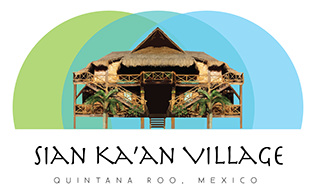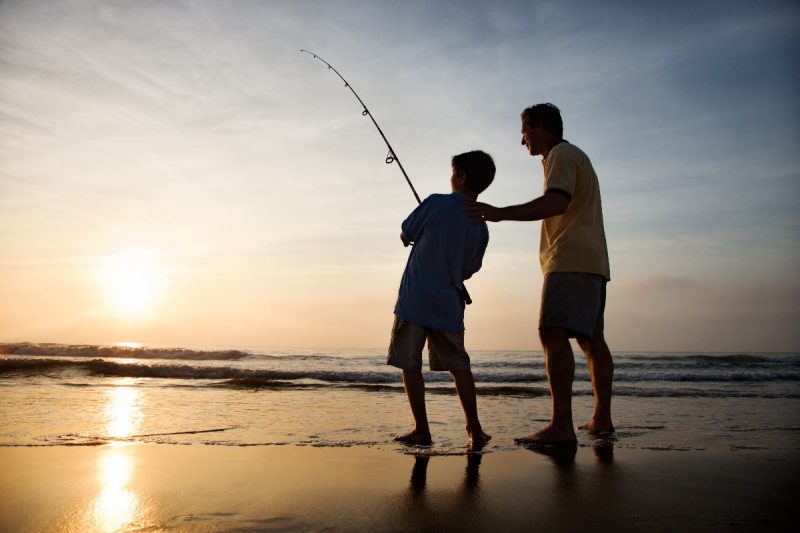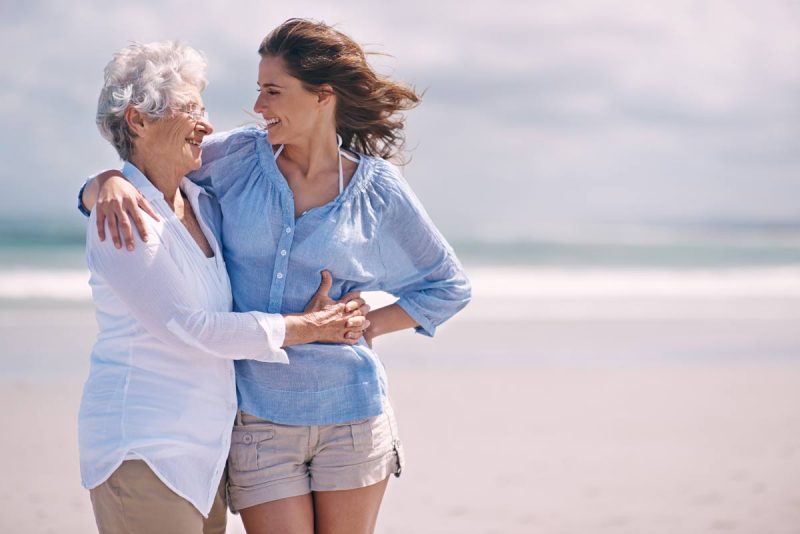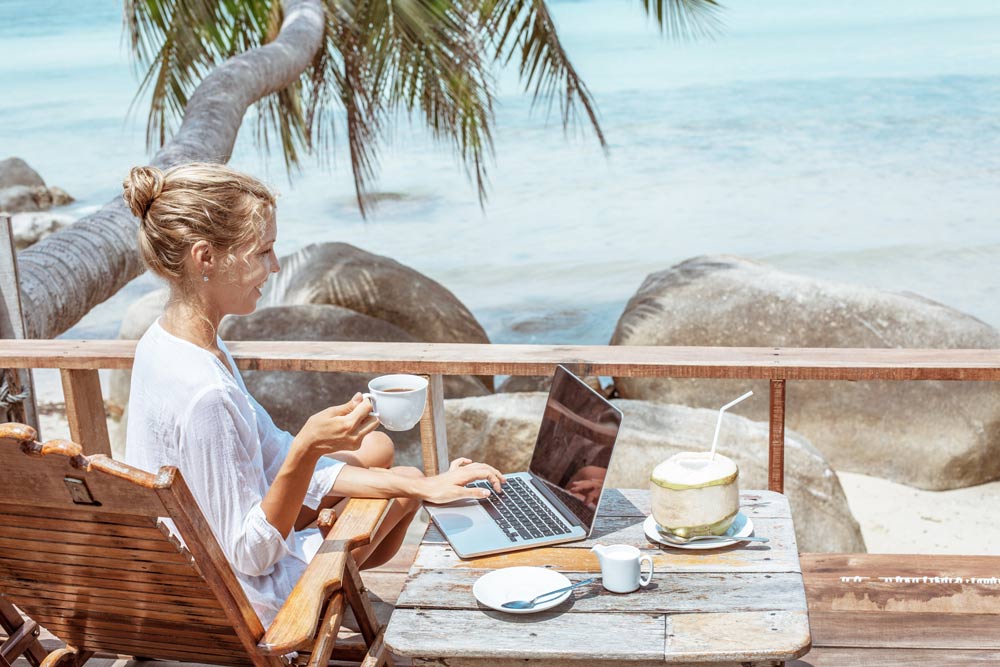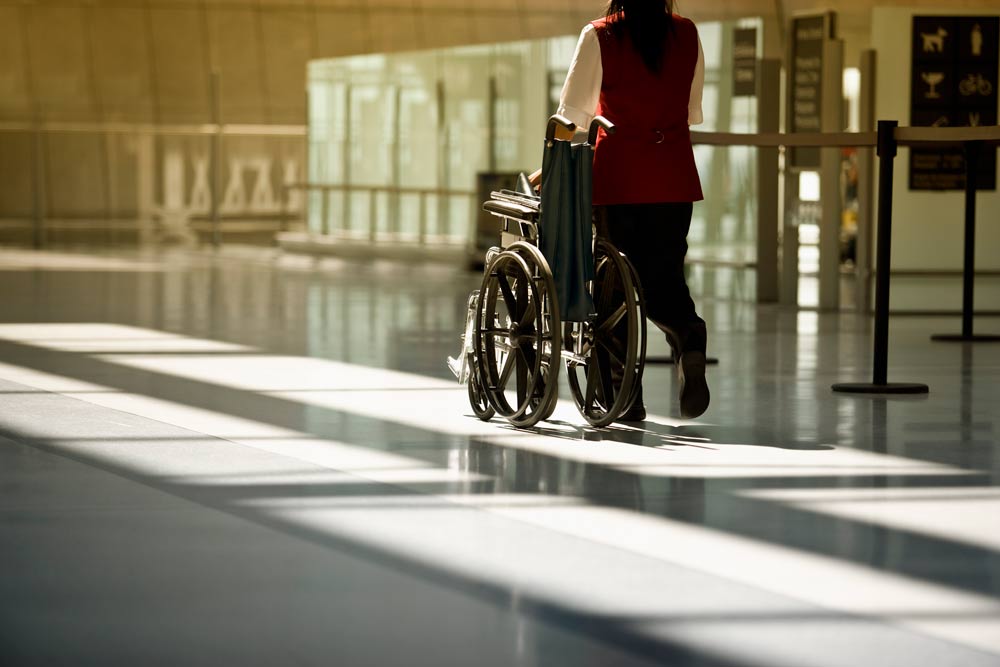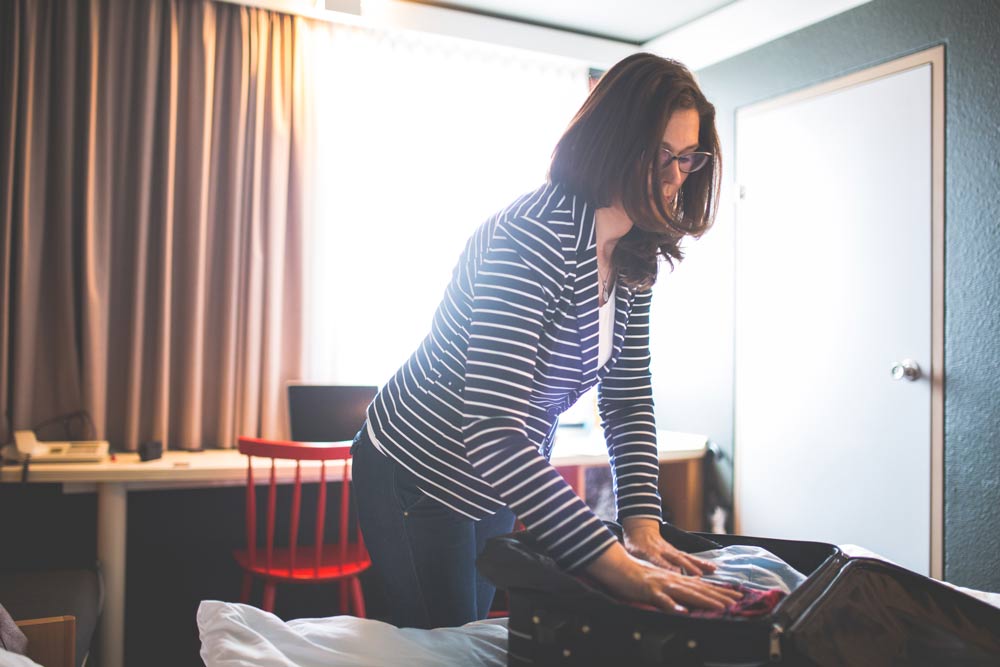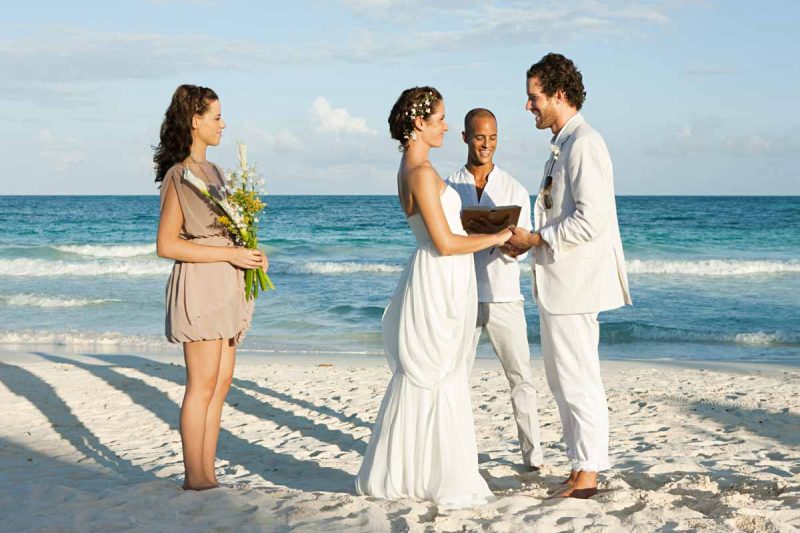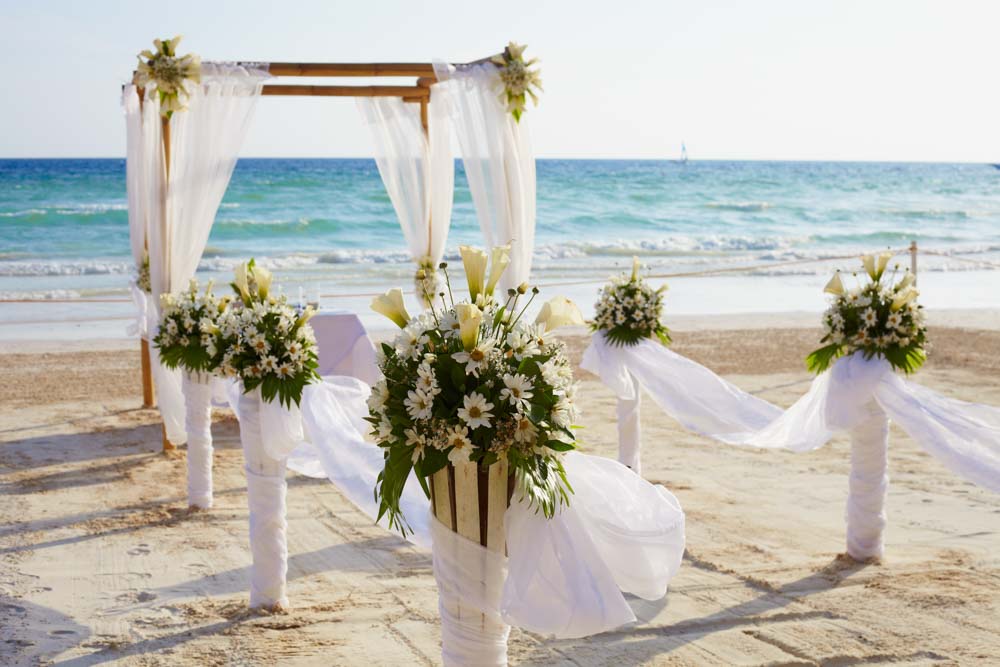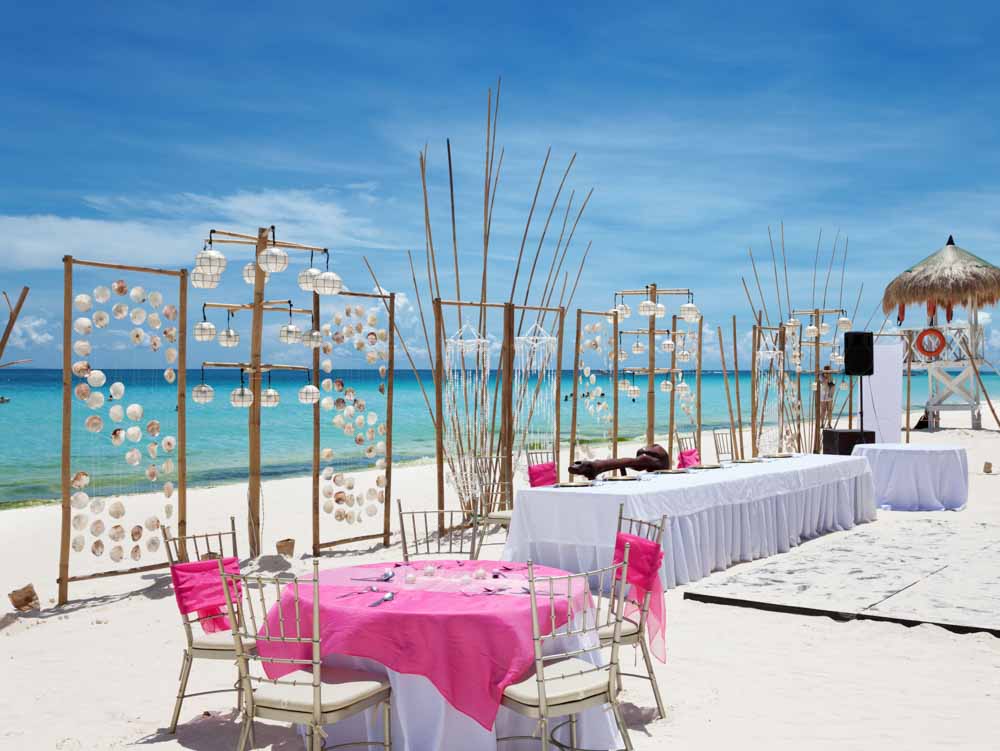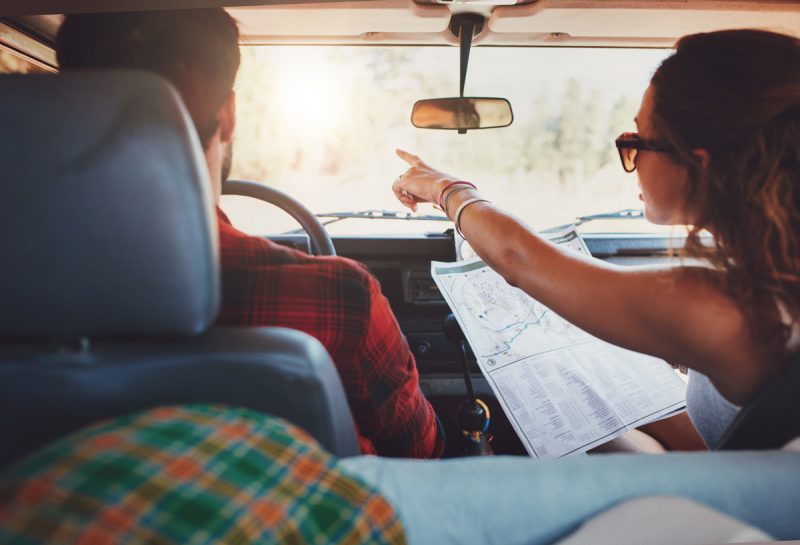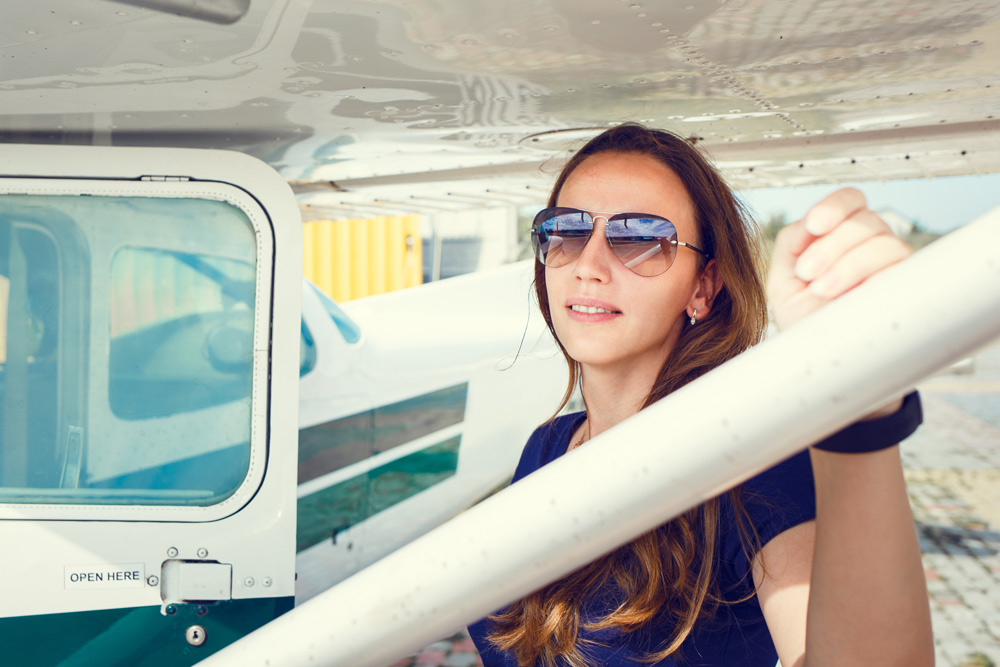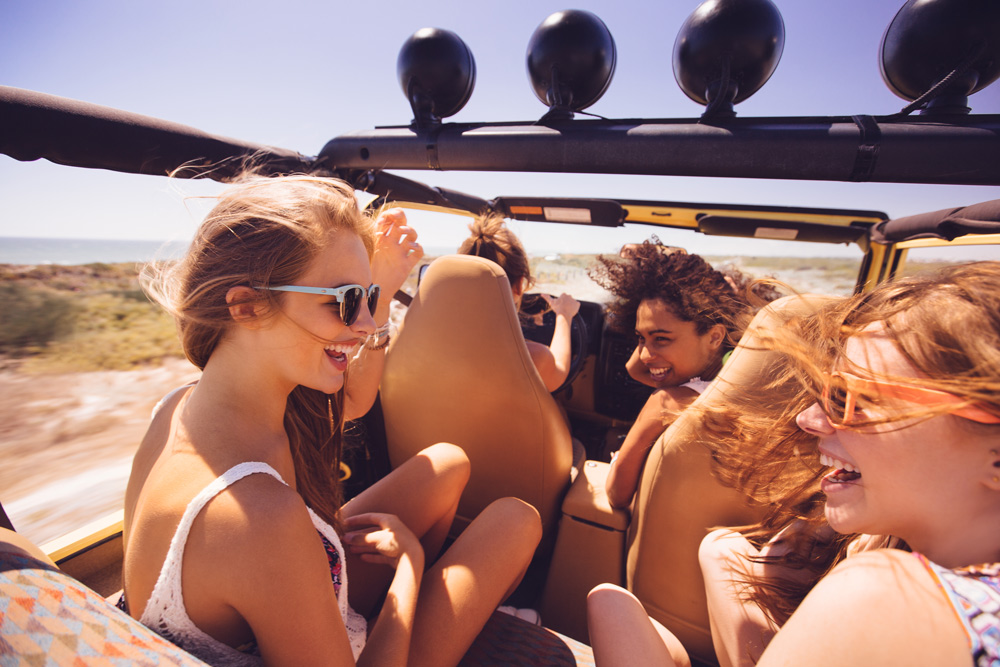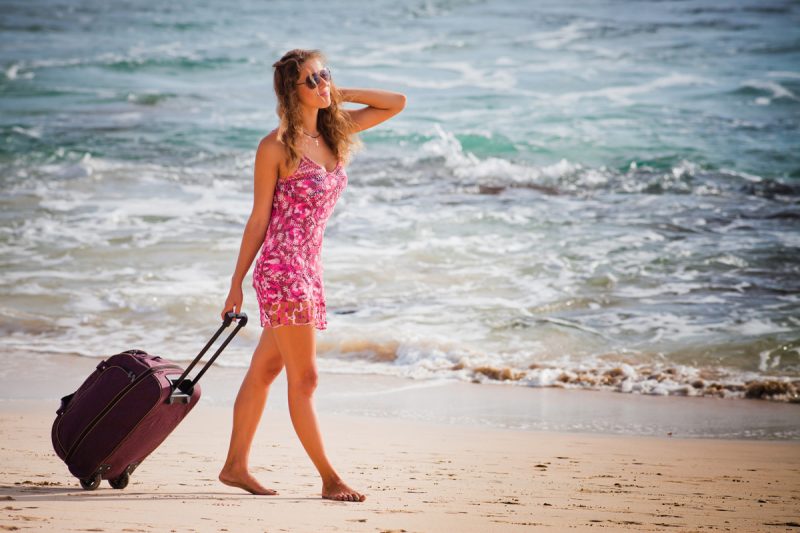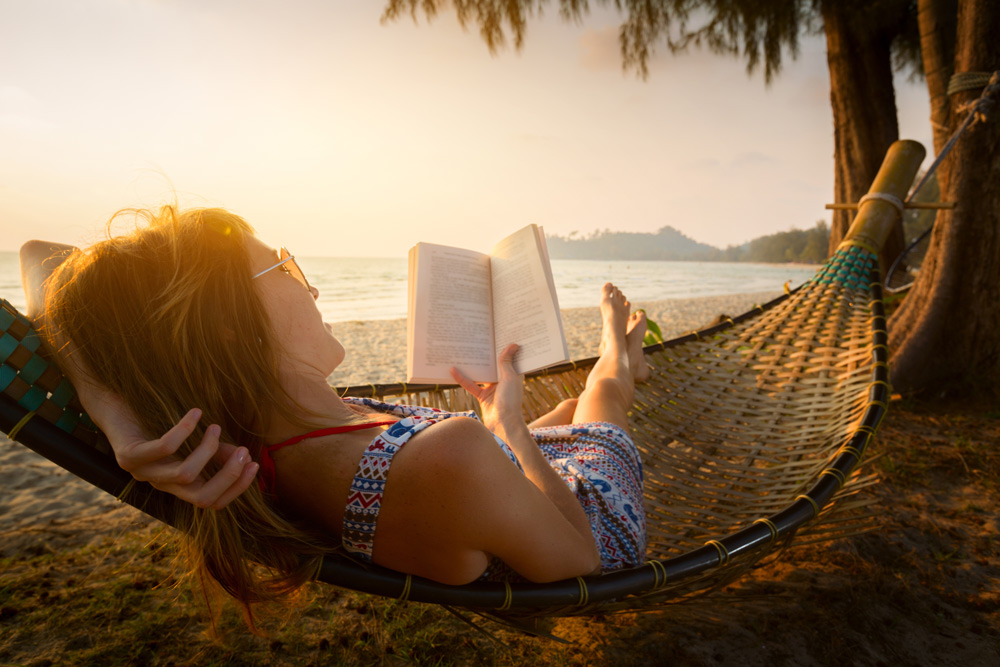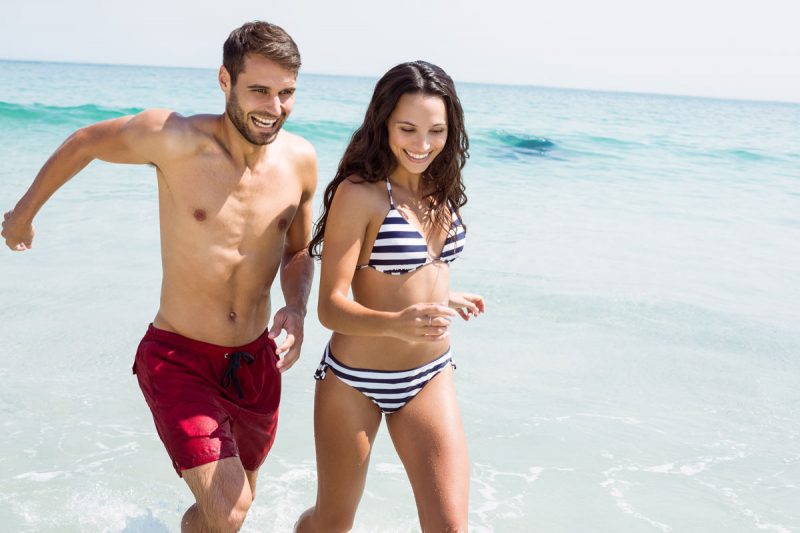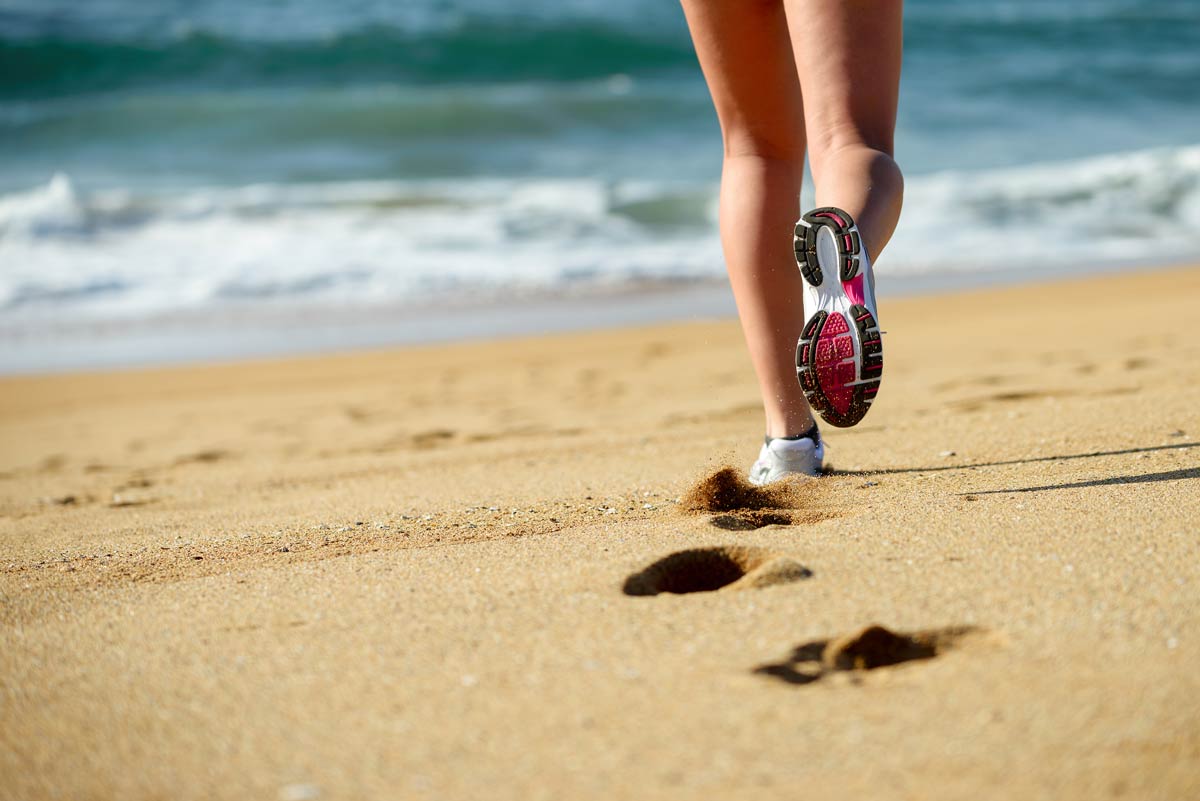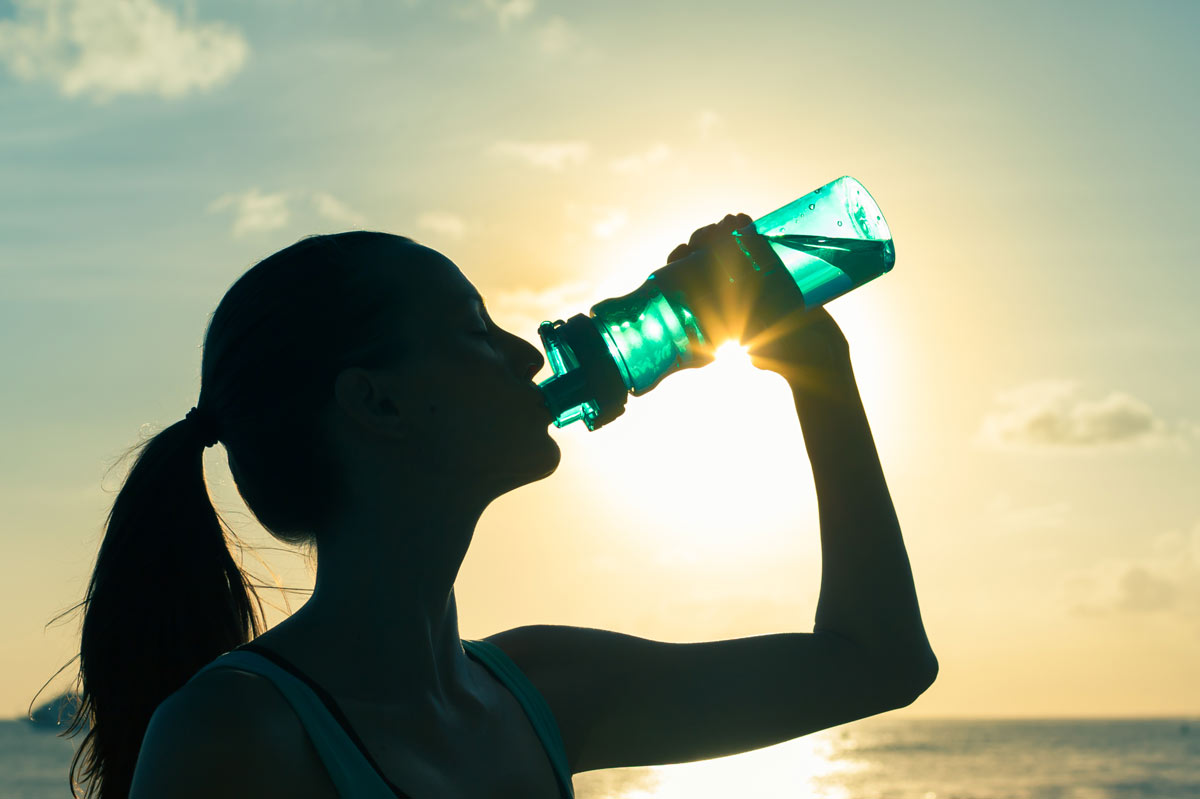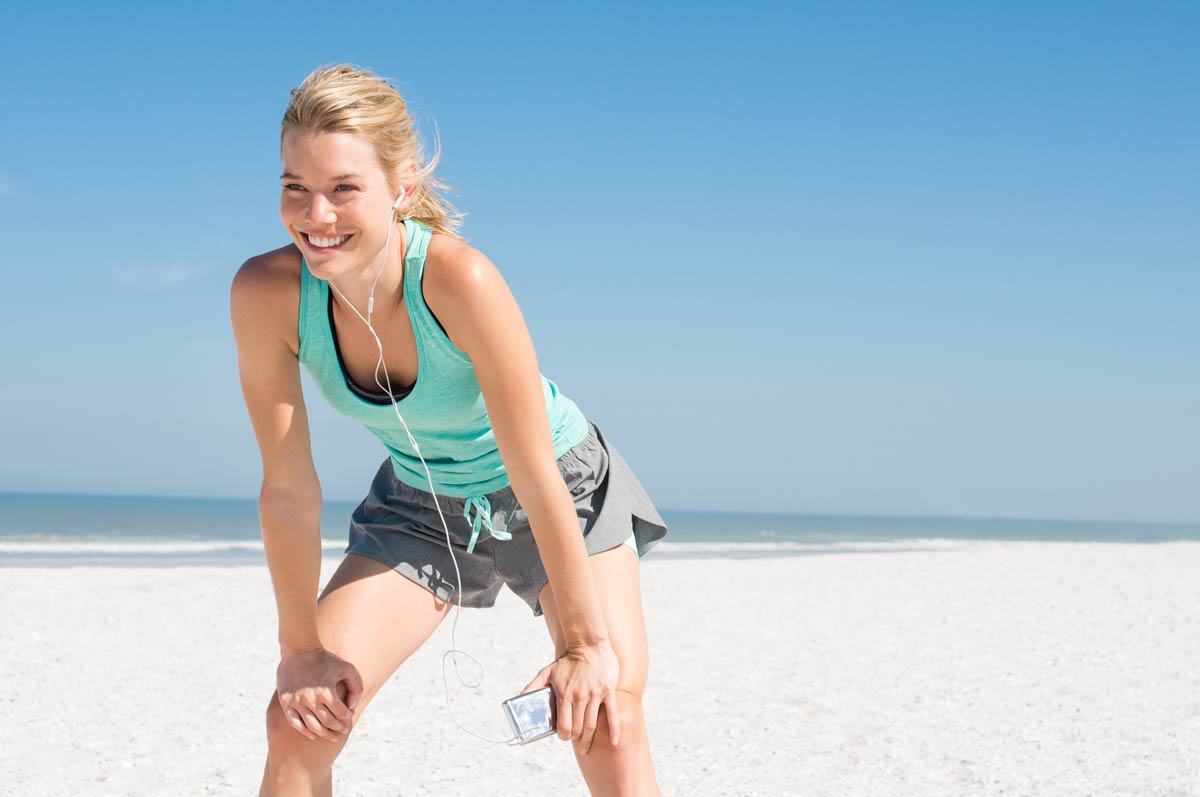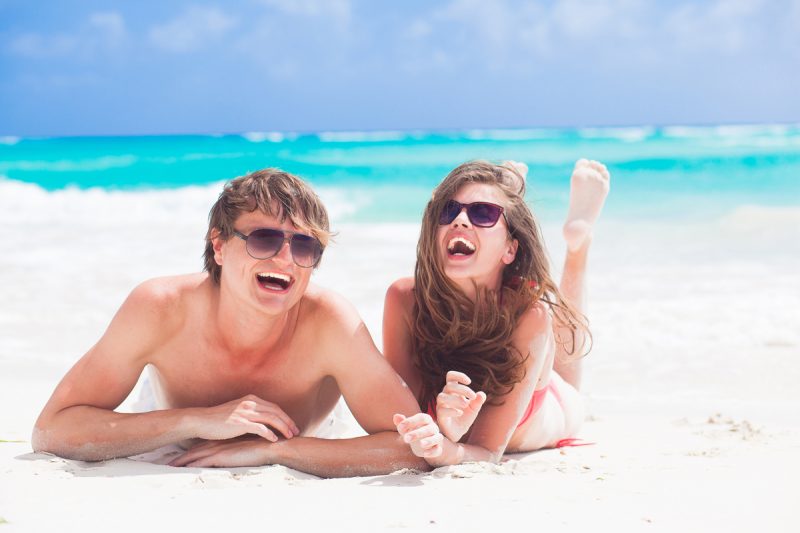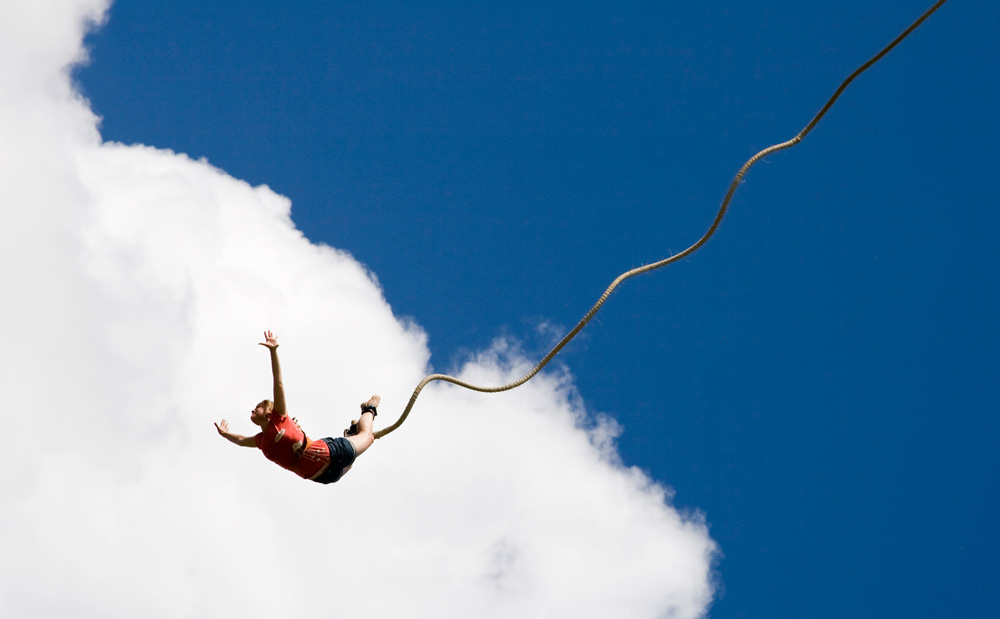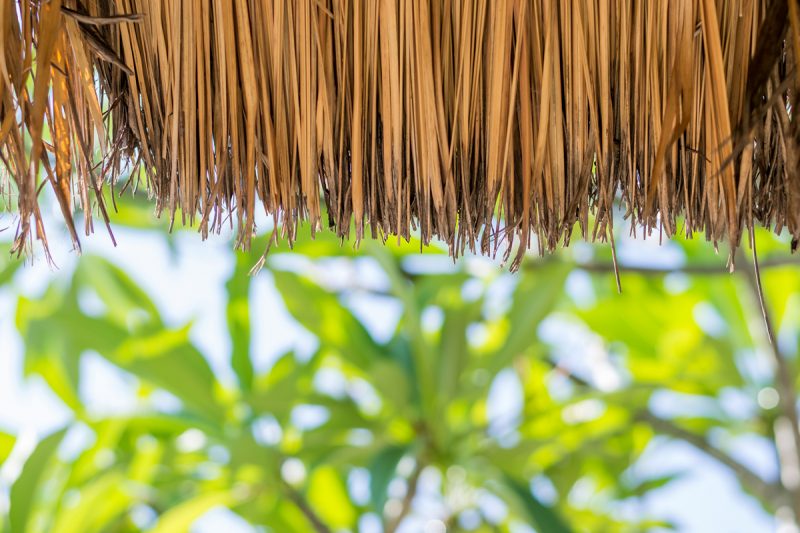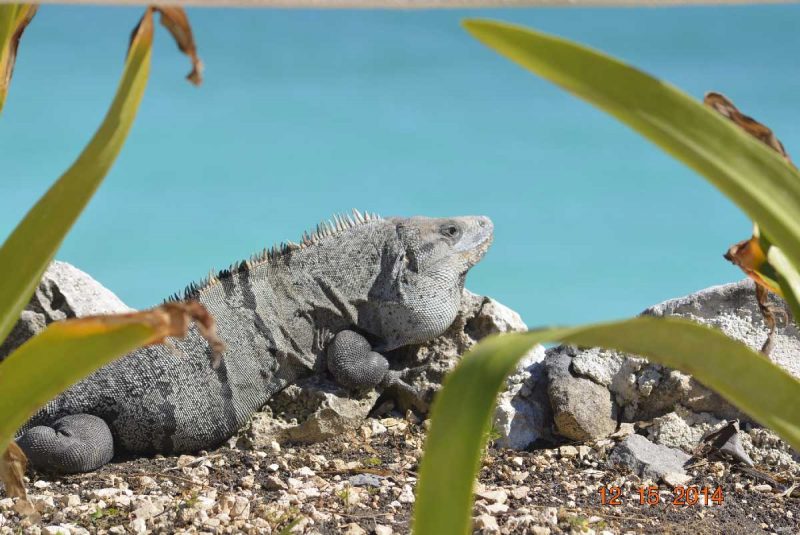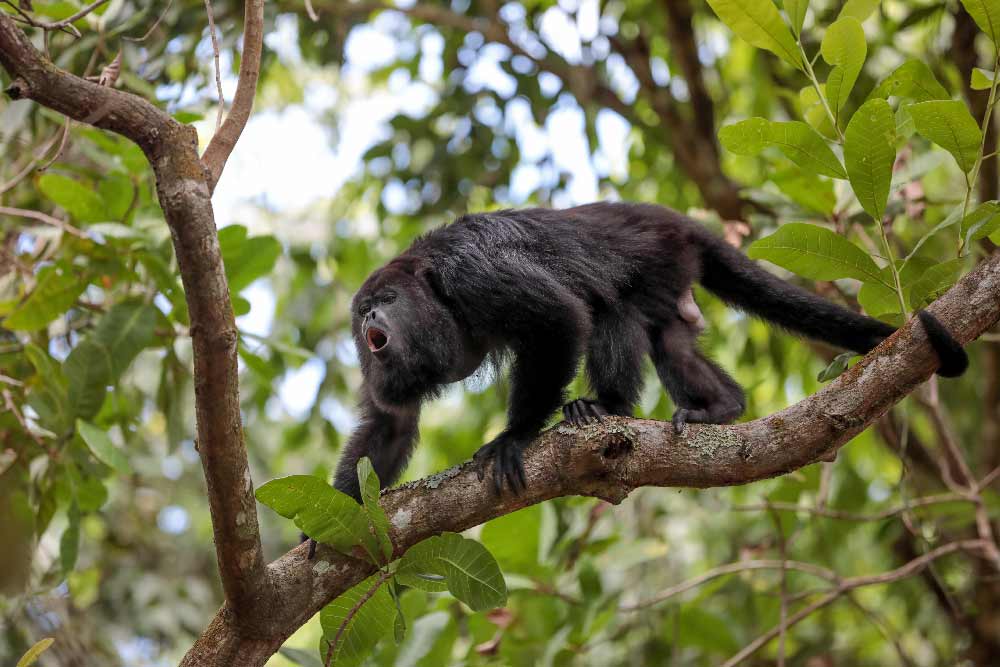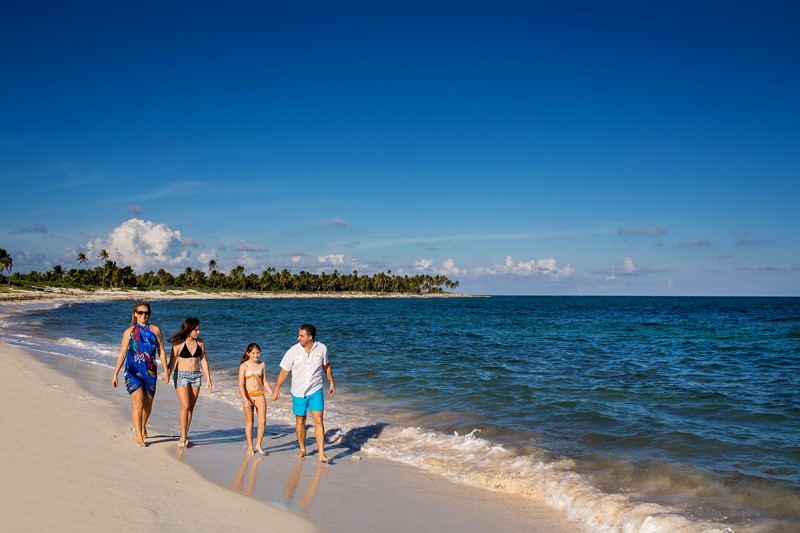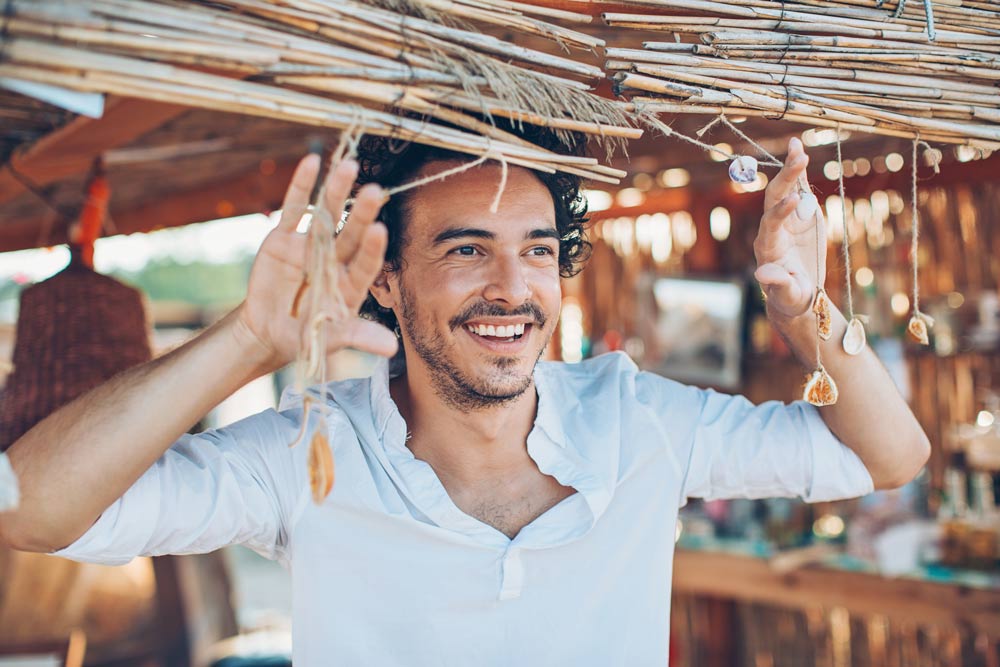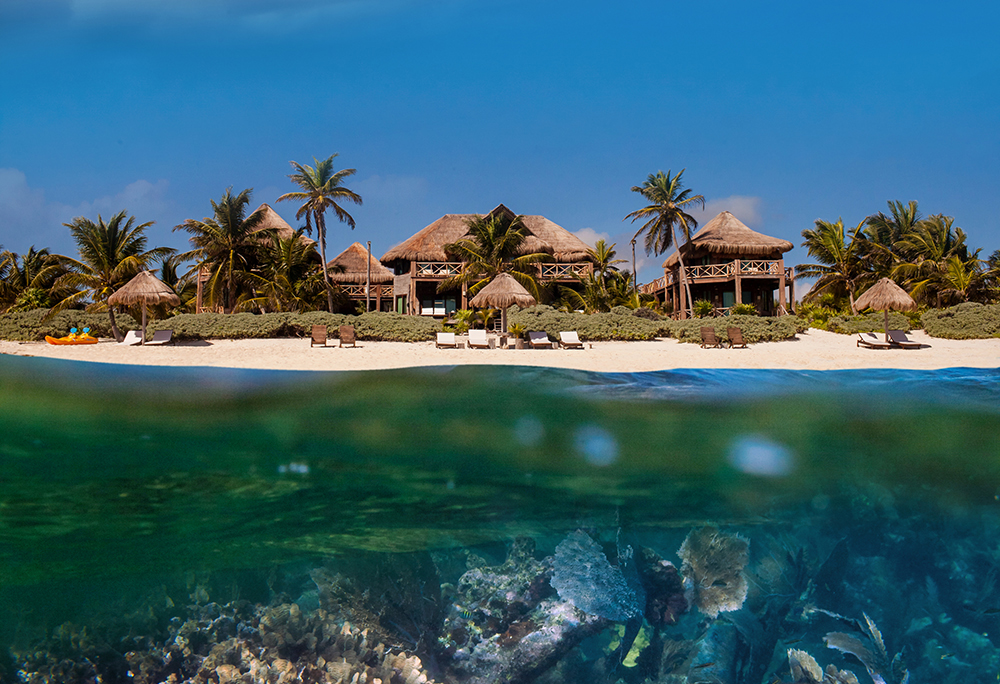The Sian Ka’an Biosphere and Nature Preserve in Mexico’s Yucatan Peninsula has become a popular destination for eco-friendly tourists and nature lovers from all over the world thanks to its stunning views and enthralling experiences. Sports like fishing is just one of many activities that you can indulge in while staying in the Sian Ka’an Biosphere.
Fishing Tours in the Sian Ka’an
Fishing in the Sian Ka’an Biosphere is a pastime that is steadily growing in popularity. This is likely the case because of the stunning biodiversity which can be found in the waters of the Sian Ka’an Biosphere. You will find that your fishing experience is easily customizable in the Sian Ka’an Biosphere if you have a particular prey in mind; although not all fish are available all year round. It might be necessary for you to tailor the timing of your visit and the techniques you use to target a certain species.
What’s included?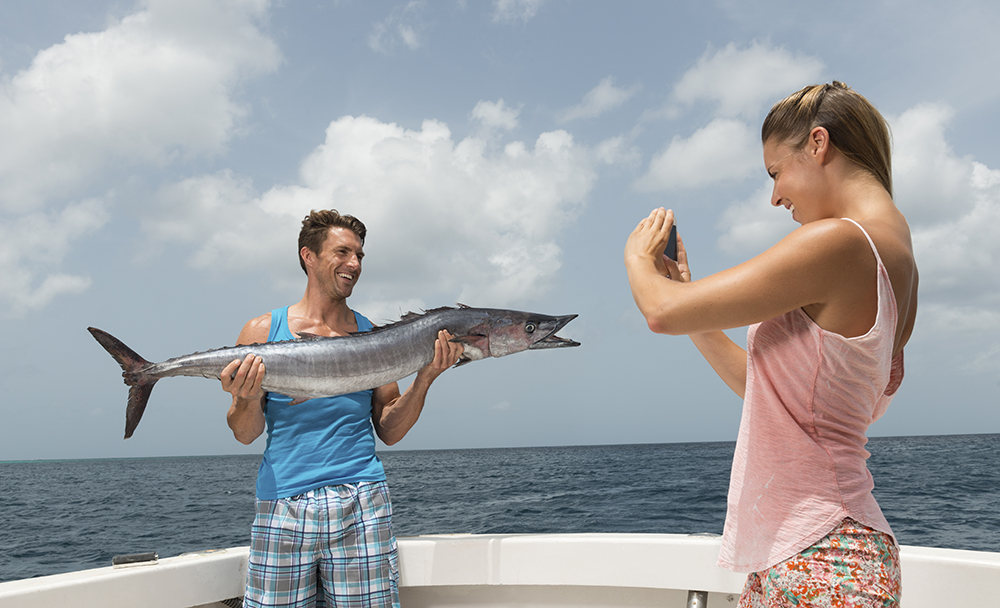
When you sign up to a fishing tour or trip in the Sian Ka’an Biosphere you can generally rely on the basic things like your license, bait, and tackle being dealt with already. Some companies might even provide food and drinks, so you should check to see what you’re getting before you book. In any case, the provision of sunscreen, sunglasses, and a hat to keep the rays off you will be your responsibility.
Below you will find a quick summary of the types of fishing, and types of fish, that you can find in and around the Sian Ka’an Biosphere:
Deep Sea Fishing
If you’ve got your heart set on catching the Big One, and you want a real challenge deep sea fishing should be at the top of your list. This is how you up your chances of catching the big game fish like Tuna, Mahi Mahi, Marlin, Sailfish, and Wahoo. Be prepared to fight for your catch, though; these fish don’t go down (or come up, as the case may be) easy!
Bottom Fishing
Bottom fishing is a family-friendly fishing trip which allows for more interaction than the intense experience of deep sea fishing. The gist is that lines are dropped straight down into the depths (as far as 600 feet!) in order to catch the smaller, but delicious fish that can be found at such a level. You don’t need to worry about the kids hooking a monster when you bottom fish.
Fly Fishing in the Sian Ka’an Biosphere
A favorite in the Sian Ka’an Biosprere. You can see fly fishers in the waters near Isla Blanca where there are plenty of Barracuda, Bonefish, and Snapper to catch. This is a skilled pursuit which few master, but if you intend to partake you should note that flat-bottomed boats are the best for navigating the shallow waters which best suit fly fishing.
Most Popular Times of the Year for Major Fish Species
Big fish
- Blue Marlin (70-900 lbs): June & July
- Sailfish (80-220 lbs): January- July
- Shark (200-500 lbs): All year
Medium Fish
- Amberjack (10-50 lbs): November- April
- Barracuda (10-50 lbs): November- August
- Grouper (10-50 lbs): All year
- Kingfish (10-50 lbs): December- March
- Mahi-Mahi (10-50 lbs): April- July
- Tuna (10-30 lbs): All year
- Wahoo (20-80 lbs): October- January
Small(ish) fish
- Bonito (5-25 lbs): All year
- Mackerel (5-30 lbs): All year
- Snapper (5-25 lbs): May- September
Why not experience the fishing expedition of a lifetime in the stunning Sian Kaan Biosphere?
